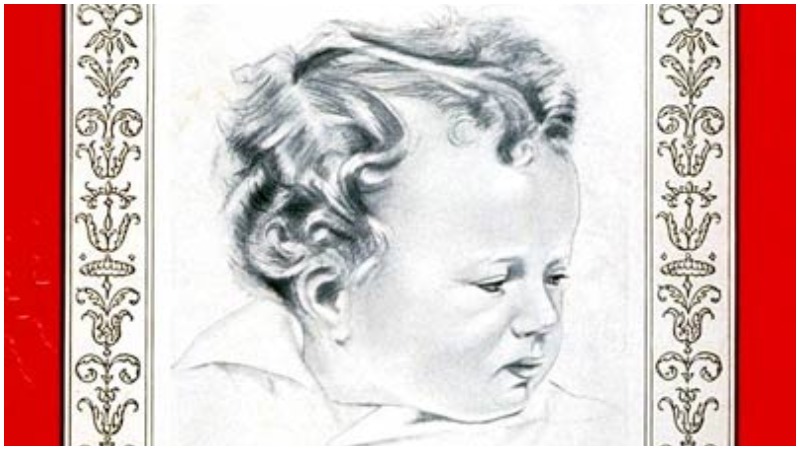When 20-month old Charles Augustus Lindbergh was kidnapped from his room on March 1, 1932, and a ransom note was left on the windowsill, it was called the crime of the century.
According to the FBI, what followed was a month of chasing down clues and physical evidence all while an ongoing ransom negotiation was being conducted between the kidnappers and John Condon, who acted as a go-between on Lindbergh’s behalf.
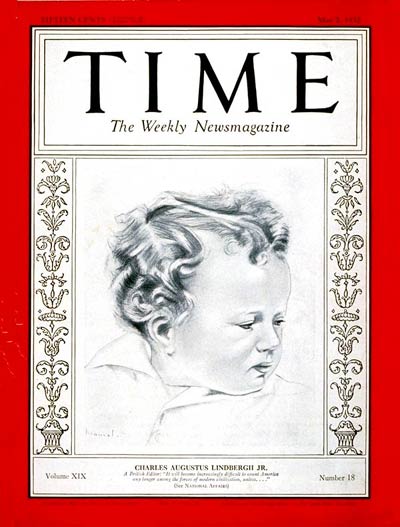
There was a series of some 11 ransom notes and a couple of meetings between Condon and a representative for the kidnappers, but eventually, an agreement was reached.
On April 2nd, Condon surrendered $50,000 in gold certificates to the man he had come to know simply as “John,” and in return, he was given instructions on where to find the baby.
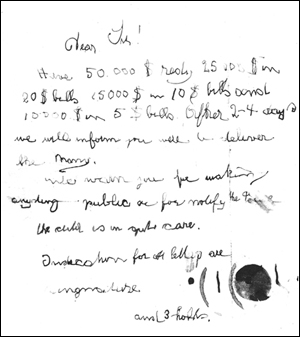
When searchers went to the location specified, there was no sign of the Lindbergh’s son.
On May 12th, the child’s body was found, partially buried, about 4.5 miles from his home, a few yards off the highway.
The state of his body suggested that he had been killed the same night he had been kidnapped.
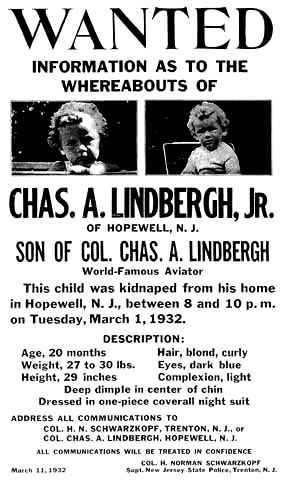
By tracing the movement of the gold certificate bills that were part of the delivered ransom, the FBI, in concert with various other agencies and local police, were eventually led to Bruno Richard Hauptmann, on September 15, 1934.
There was a lot of physical, if circumstantial, evidence linking Hauptmann to the crime. He had more of the gold certificates that were part of the ransom in his house.
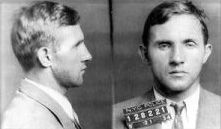
Mugshot of Richard Hauptmann, taken following his arrest. Photo by Flemington Police Department
His handwriting was determined to be a match for that found in the various ransom notes, wood from the ladder used to enter Lindbergh’s window was found to match the wood in Hauptmann’s attic, and Condon and others identified him as being “John.”
Richard Hauptmann went to trial on January 3, 1935, and five weeks later the jury returned a guilty verdict. He was convicted of murder in the first degree and sentenced to death.
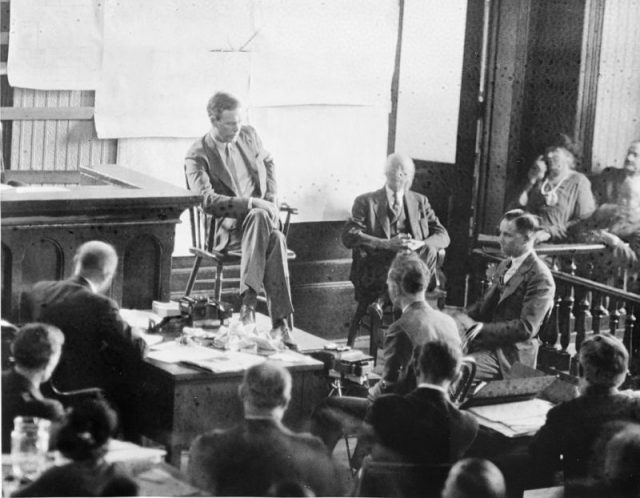
There was an appeal, which was denied, and one stay of execution for 30 days. Hauptmann was put to death on February 17, 1936, four years after the kidnapping, and just over one year after his trial began. It all seemed very clear-cut.
While it is clear that Hauptmann was involved in the Lindbergh kidnapping, the idea that he acted alone may be less compelling, according to Rutgers Today.
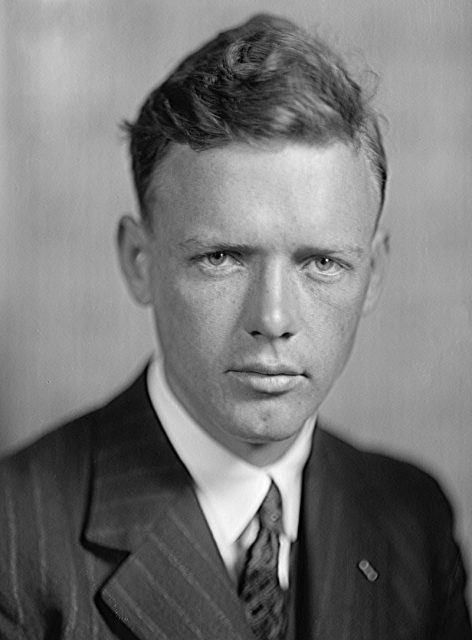
In 2004, Lloyd C. Gardner, professor of history emeritus at Rutgers, wrote a book that addressed this notion.
He believed that Charles Lindbergh may have been involved in the kidnapping and murder of his own son, pointing to Lindbergh’s fascination with Social Darwinism. He may have considered his son’s ongoing health problems evidence that he was far from perfect.
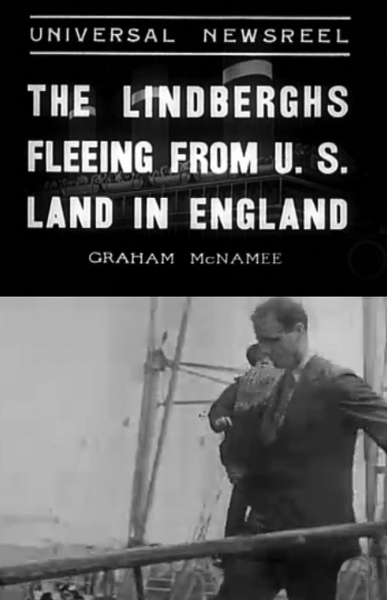
Lindbergh was a known adherent to the growing Scandinavian-German idea that people of Northern European stock were genetically superior to Southern Europeans and Asians (the “Aryan race” theory which was the basis for Hitler’s genocidal policies).
He was known for his belief in eugenics and his desire to spread his healthy genes.
Lindbergh fathered thirteen children, only six of whom were with his wife. The missing baby had a condition that interfered with the formation of strong bones as well as an unusually large cranium and unfused skull bones.
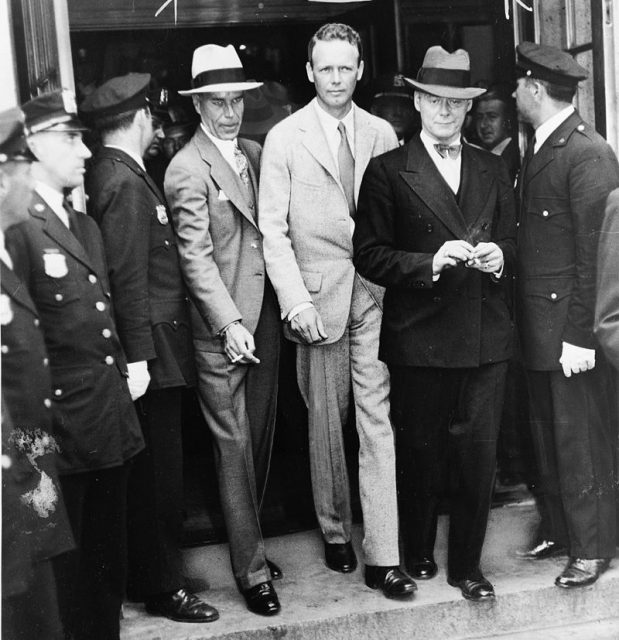
Gardner also noted that during that time period, gang members sometimes boosted their incomes by kidnapping well-known or well-off people for ransom.
It was certainly difficult to be better-known than Lindbergh after his famous nonstop flight across the Atlantic.
Finally, it was the father himself who oversaw and steered many parts of the investigation into his son’s disappearance.
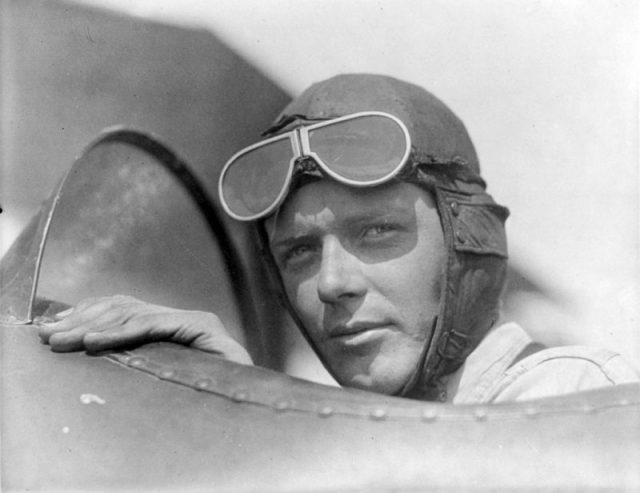
He prevented household staff who may have known about the baby’s health concerns from being questioned by authorities.
When the baby’s body was found, he only had a very cursory examination done, and then had the body cremated, precluding a more useful autopsy.
All of these ideas are somewhat speculative, and definitely circumstantial, but the evidence that led to Richard Hauptmann’s death was also circumstantial.
Until his execution, Hauptmann maintained he was innocent of murder, and speculation about what exactly occurred when the Lindbergh baby was taken continues, even now.
